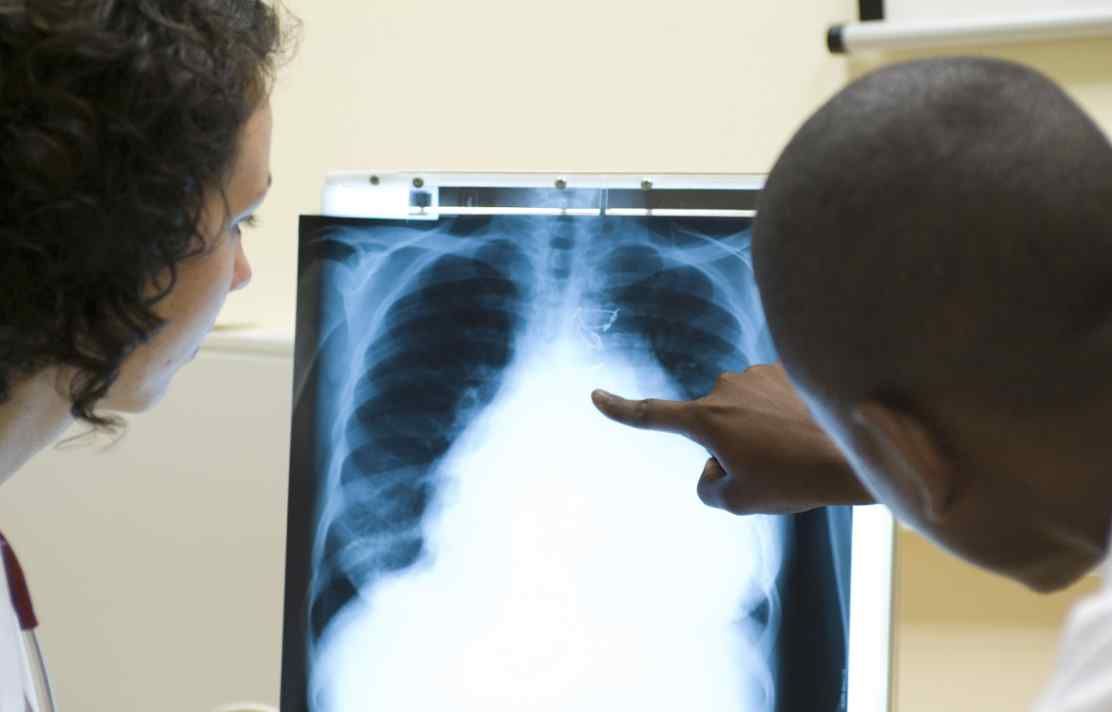BibTex format
@article{Nouvellet:2021:10.1038/s41467-021-21358-2,
author = {Nouvellet, P and Bhatia, S and Cori, A and Ainslie, K and Baguelin, M and Bhatt, S and Boonyasiri, A and Brazeau, N and Cattarino, L and Cooper, L and Coupland, H and Cucunuba, Perez Z and Cuomo-Dannenburg, G and Dighe, A and Djaafara, A and Dorigatti, I and Eales, O and van, Elsland S and NASCIMENTO, F and Fitzjohn, R and Gaythorpe, K and Geidelberg, L and green, W and Hamlet, A and Hauck, K and Hinsley, W and Imai, N and Jeffrey and Jeffrey, B and Knock, E and Laydon, D and Lees, J and Mangal, T and Mellan, T and Nedjati, Gilani G and Parag, K and Pons, Salort M and Ragonnet-Cronin, M and Riley, S and Unwin, H and Verity, R and Vollmer, M and Volz, E and Walker, P and Walters, C and Wang, H and Watson, O and Whittaker, C and Whittles, L and Xi, X and Ferguson, N and Donnelly, C},
doi = {10.1038/s41467-021-21358-2},
journal = {Nature Communications},
title = {Reduction in mobility and COVID-19 transmission},
url = {http://dx.doi.org/10.1038/s41467-021-21358-2},
volume = {12},
year = {2021}
}
RIS format (EndNote, RefMan)
TY - JOUR
AB - In response to the COVID-19 pandemic, countries have sought to control SARS-CoV-2 transmission by restricting population movement through social distancing interventions, thus reducing the number of contacts.Mobility data represent an important proxy measure of social distancing, and here, we characterise the relationship between transmission and mobility for 52 countries around the world.Transmission significantly decreased with the initial reduction in mobility in 73% of the countries analysed, but we found evidence of decoupling of transmission and mobility following the relaxation of strict control measures for 80% of countries. For the majority of countries, mobility explained a substantial proportion of the variation in transmissibility (median adjusted R-squared: 48%, interquartile range - IQR - across countries [27-77%]). Where a change in the relationship occurred, predictive ability decreased after the relaxation; from a median adjusted R-squared of 74% (IQR across countries [49-91%]) pre-relaxation, to a median adjusted R-squared of 30% (IQR across countries [12-48%]) post-relaxation.In countries with a clear relationship between mobility and transmission both before and after strict control measures were relaxed, mobility was associated with lower transmission rates after control measures were relaxed indicating that the beneficial effects of ongoing social distancing behaviours were substantial.
AU - Nouvellet,P
AU - Bhatia,S
AU - Cori,A
AU - Ainslie,K
AU - Baguelin,M
AU - Bhatt,S
AU - Boonyasiri,A
AU - Brazeau,N
AU - Cattarino,L
AU - Cooper,L
AU - Coupland,H
AU - Cucunuba,Perez Z
AU - Cuomo-Dannenburg,G
AU - Dighe,A
AU - Djaafara,A
AU - Dorigatti,I
AU - Eales,O
AU - van,Elsland S
AU - NASCIMENTO,F
AU - Fitzjohn,R
AU - Gaythorpe,K
AU - Geidelberg,L
AU - green,W
AU - Hamlet,A
AU - Hauck,K
AU - Hinsley,W
AU - Imai,N
AU - Jeffrey
AU - Jeffrey,B
AU - Knock,E
AU - Laydon,D
AU - Lees,J
AU - Mangal,T
AU - Mellan,T
AU - Nedjati,Gilani G
AU - Parag,K
AU - Pons,Salort M
AU - Ragonnet-Cronin,M
AU - Riley,S
AU - Unwin,H
AU - Verity,R
AU - Vollmer,M
AU - Volz,E
AU - Walker,P
AU - Walters,C
AU - Wang,H
AU - Watson,O
AU - Whittaker,C
AU - Whittles,L
AU - Xi,X
AU - Ferguson,N
AU - Donnelly,C
DO - 10.1038/s41467-021-21358-2
PY - 2021///
SN - 2041-1723
TI - Reduction in mobility and COVID-19 transmission
T2 - Nature Communications
UR - http://dx.doi.org/10.1038/s41467-021-21358-2
UR - http://hdl.handle.net/10044/1/85559
VL - 12
ER -
